Author: Francesco Translation: Shan Oppa, Golden Finance
What the browser is to the Internet, the user interaction layer is to the crypto world, helping users navigate the crypto space and interact with decentralized applications (dApps). However, a thorny issue is emerging: While cryptographic protocols and dApps continue to evolve, the tools for users to interact with them have progressed slowly. As ETFs are approved and cryptocurrencies develop into the cross-chain DeFi space, these tools face new challenges, such as deeper institutional participation in DeFi and new cross-chain revenue opportunities.
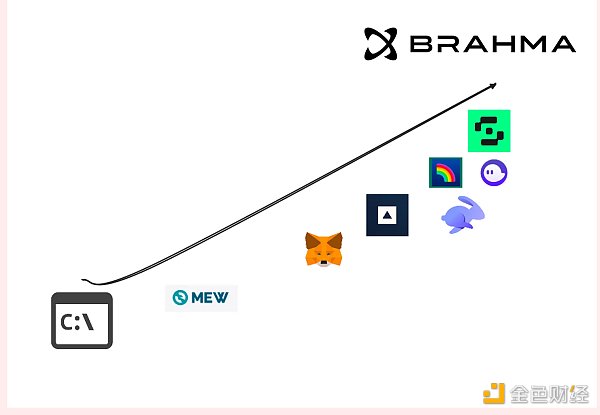
p>
Current crypto wallets can only provide a single perspective, limiting users’ potential to explore crypto and DeFi. Just like Mosaic, the first graphical user interface browser, it only It is to provide users with a simple way to access the Internet.
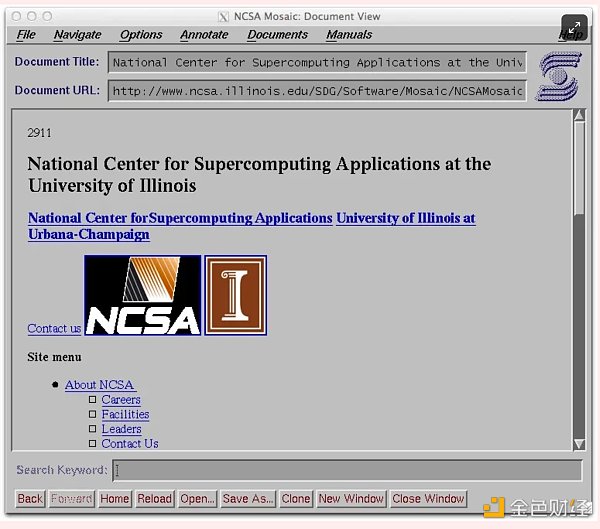
p>
From the outside, most wallets look the same: browser extensions with limited functionality.
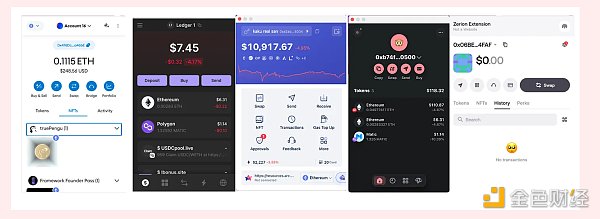
p>
However, as the crypto user base becomes increasingly sophisticated, most wallets are unable to meet the growing demands, such as handling complex transaction sets, user intent, dApp intent, or security requirements, and often do not support the most important feature of cryptocurrencies: programmability.
As the crypto world becomes more and more complex, traditional wallets are unable to meet user needs, and users are in desperate need of better tools. Brahma stands out as an on-chain interaction layer targeting investors who don’t just trade but actively participate in on-chain activities.
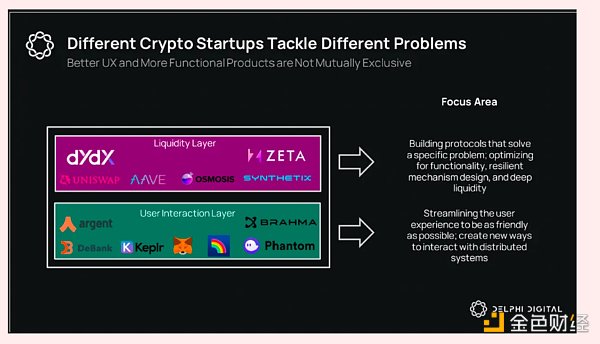
p>
The beauty of Console is that itdoes not compete with other wallets
We believe that there is a suitable solution for every type of user in the crypto world:
Retail users: They will always use EOA wallets (like Rabby, MetaMask) connects dApps, conducts fast transactions and stores their assets in cold wallets. EOAs are the initial point of contact for anyone entering the crypto space, and they take a "one size fits all" approach, with most EOAs functioning similarly with only minor differences. However, EOAs are not the safest way to interact with dApps. They are not programmable and cannot determine the intent of the user or dApp.
Institutional users: They will always use multi-party computation (MPC) wallets for simple transactions. MPC is similar to EOA but does not require users to store seeds or private keys. They are typically aimed at institutions and high-net-worth individuals and focus on custody and security rather than execution. Therefore, they are expensive, not affordable for everyone, and lack any programmability. Due to these characteristics, actively operating from MPC can be costly and requires trust in the company managing the wallet.
Smart wallets (Safe, AvocadoWallet): They are programmable smart contracts without the private keys that EOA wallets have. Smart wallets also feature multi-signature functionality, adding extra security, and include an internal transaction simulator that allows users to see what transactions are doing in human-readable language. However, these wallets are complex to use and not all crypto users understand their functionality. As a result, their user experience is relatively clunky.
The good news is that all of these wallets can be empowered through the Console, which provides users with additional security, automation and execution tools to improve the efficiency of on-chain operations. efficiency and productivity. As a result, Console is built on Safe, one of the most proven custody solutions in the industry, with over $80 billion in assets contractually protected.
Where does Console come into play?
Console is the next evolutionary step after wallets: it is an on-chain interaction layer that allows users to seamlessly navigate and operate between dApps and protocols. Console inherits the advantages of EOA, smart wallets and MPC, and aims to become the "home base" for all on-chain investors looking to transcend wallet functionality.
To do this, the Console focuses on:
Arguably, Brahma’s main differentiator is its “custody-first” rather than “transaction-first” approach, ensuring users benefit from the highest level of security.
What pain points does Brahma solve?
· Designed for team collaboration and professional users: There is currently a lack of tools specifically designed for team collaboration and efficiency improvement. Console creates the perfect environment for team collaboration, improving operational processes, team collaboration, and transaction execution efficiency.
· On-chain risk isolation and authorization: Authorization has never been easier. Console improves the way you or your team operate on-chain. Divide risks by sub-accounts to avoid capital losses, and easily assign operations and define the permissions of each sub-account.
· Programmability: Brahma is an interaction layer that connects other dApps and protocols. Brahma users can leverage risk isolation, delegation, and automation to enhance programmability and revolutionize their DeFi workflows (e.g., AAVE’s lending automation features can automatically rebalance and manage positions, DCA, TWAP strategies, and more).
· Console enables composability: Users can use the API to add any supported dApp to their workflows.
· Native access to block-based aggregated DeFi metrics and information, making DeBank and DeFiLlama information actionable and integrated into automated routines (using on-chain and on-chain lower trigger).
· Guaranteed security and self-hosting: New infrastructure is often vulnerable to attacks and is generally not suitable for large transactions. Therefore, Brahma always guarantees 100% self-hosting and allows users to import existing Safe, reducing friction and making the process trustless.
· Human-readable changes: The Console understands user intent and dApp intent and can display human-readable code based on operations. Additionally, the Console allows developers to leverage our technology stack to create new policies and automations, develop new use cases and native functionality, enabling Safe to be used at scale.
Console can be compared to "the blur of DeFi". It is a user interaction layer that continuously broadens the boundaries of user efficiency and productivity on the chain.
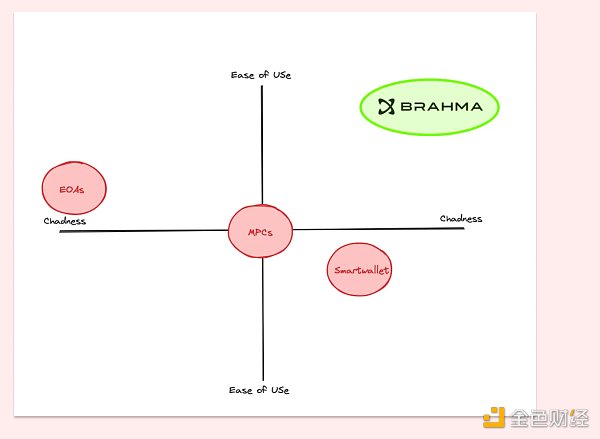
 JinseFinance
JinseFinance
 JinseFinance
JinseFinance JinseFinance
JinseFinance Twitter
Twitter Others
Others Finbold
Finbold Beincrypto
Beincrypto Cointelegraph
Cointelegraph Cointelegraph
Cointelegraph Bitcoinist
Bitcoinist Bitcoinist
Bitcoinist